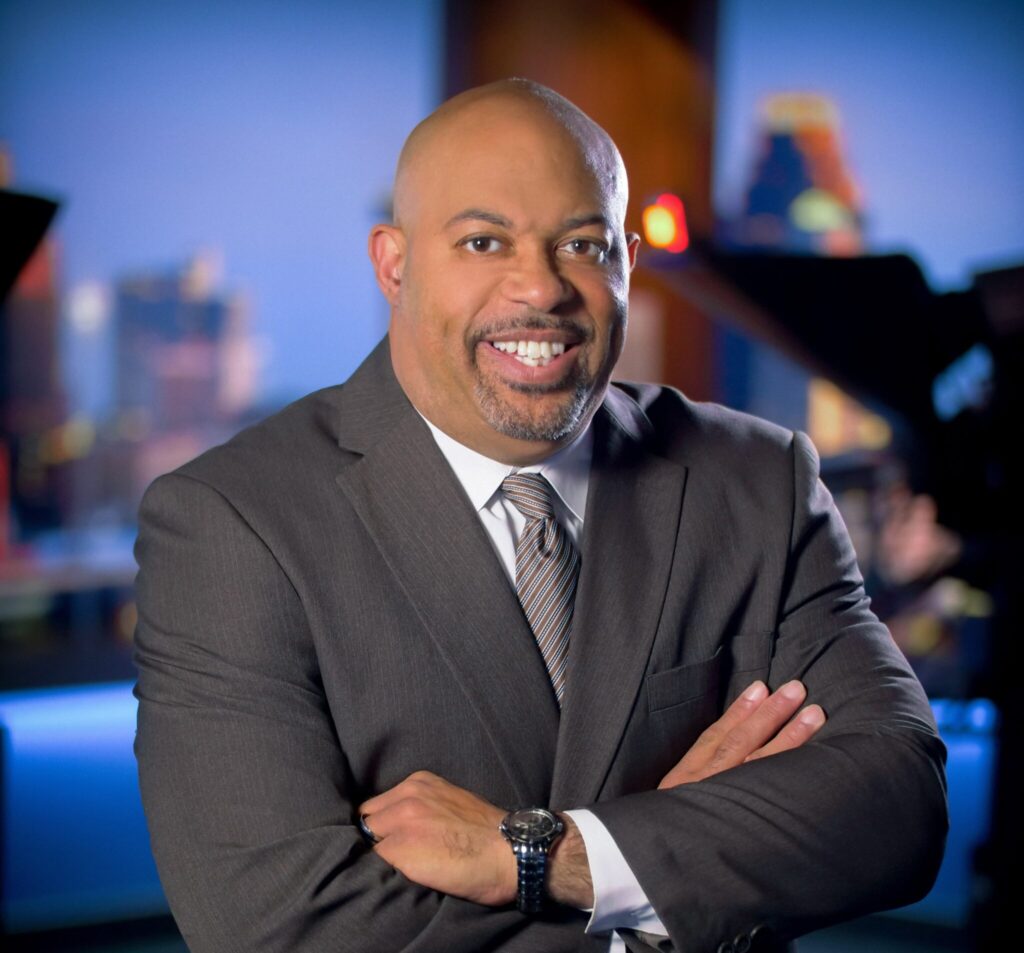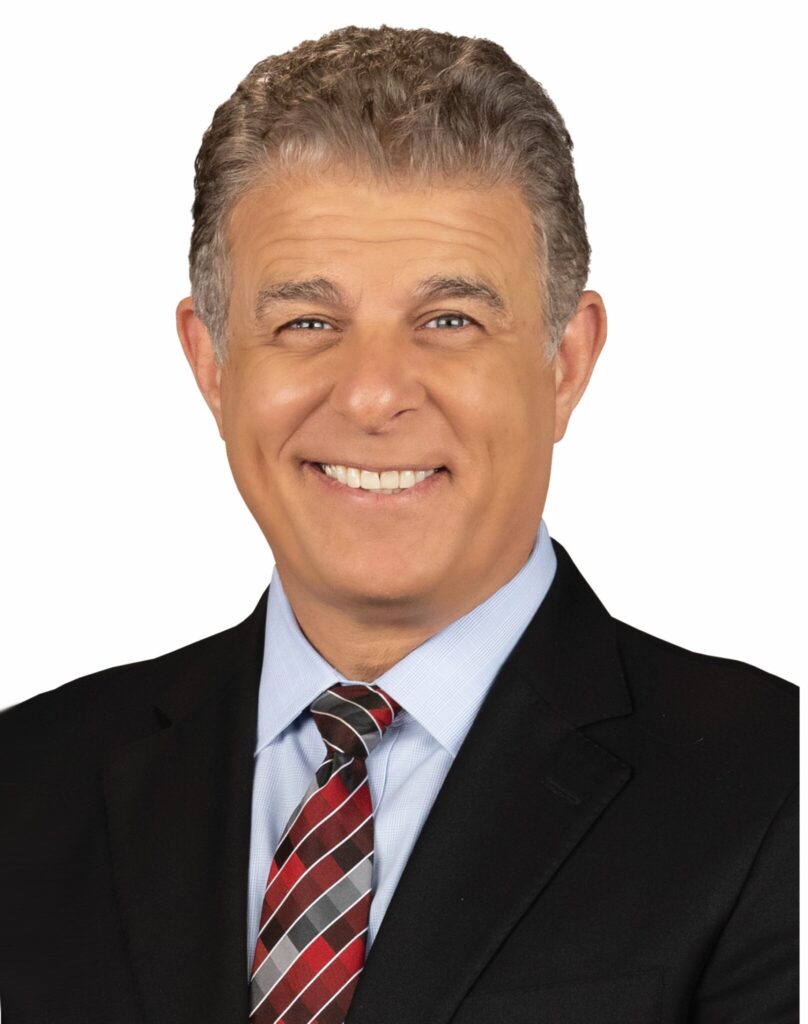Scott Bowditch, marketing product manager for OverDrive and Inception, while emphasizing that “there is no way a journalist can be successful without social media,” said news organizations must work hard to avoid the “Wild West” nature of the medium where traditional journalistic mechanisms promoting accuracy in reporting are largely unknown. By broadening their audience with social media, stations can build ratings and strengthen revenue with the more traditional commercial TV revenue model, he added.
Social Media Is No Fad, Cautions Bowditch
If there was any question among broadcasters about the importance of social media to their futures, Scott Bowditch, marketing product manager for OverDrive and Inception at Ross Video, cleared things up during his April 5 presentation at the 2014 NAB Show.
“Social media is not a fad and is not going away,” he said to lead off his session during the NAB Broadcast Engineering Conference, BEC.
Bowditch, who delivered his thoughts during a BEC session entitled “Integration of Social and Broadcast Media in Newsroom Computer Systems,” did not mince words about the importance of Twitter, Facebook and other social media destinations to station news operations.
“There is no way a journalist can be successful without social media,” he said. “Journalists now have to understand that broadcast is not always the primary delivery medium.”
Remarking on a slide showing young children absorbed in their handheld devices, presumably viewing social media sites, while watching TV, Bowditch cautioned: “Those kids watch TV that way … if we don’t [reach them via social media] we are going to die and someone else will take over.”
Bowditch recited a laundry list of statistics buttressing his point that social media is a growing part of the media landscape, including the fact that there are 1.3 billion Facebook users and 646 million Twitter users.
In news, social media can be a double-edged sword, he said. Pointing to the 2013 Boston Marathon bombing, Bowditch noted that it was Twitter that alerted the nation to the terrorist attack, prompting them to tune into TV news for coverage, but it was also Twitter that disseminated a falsehood from a member of the public that the bombing suspect had been apprehended. That in turn prompted Boston news stations to deploy their news copters and circle the local courthouse in hopes of capturing video of the non-existent suspect.
It wasn’t until police posted their own Twitter messages saying the initial tweet was erroneous that the stations instructed their copter pilots to disengage, he said.
Bowditch said the Boston Marathon tweet underscores the ability of Twitter to reach people immediately with breaking news, alerting them to tune into expanded television coverage, as well as the “Wild West” nature of the medium where traditional journalistic mechanisms promoting accuracy in reporting are largely unknown.
For stations and their news operations, the best way to exploit the potential of social media is to use it to protect their existing audience from alternate media choices, expand their reach to new people who previously didn’t tune in and hold the attention of both groups focused on at least of their news outlets —i.e., on-air, website or social media feed—to the exclusion of competitors, he said.
The goal for stations is to become the only outlet for news and information that viewers turn to, he said.
Bowditch added that stations will make a serious mistake if they try to integrate advertising into their social media reach. “How do you monetize social media?” he asked, rhetorically. “You don’t. As soon as you advertise … they turn it off and go to the next one.”
By broadening the audience with social media, stations can build ratings and strengthen revenue with the more traditional commercial TV revenue model, he added.
Moving forward, stations must recalibrate the way they think about how they put stories together, Bowditch said. Rather than focusing on creating a news story to fit a certain timeslot in a newscast rundown, they must shift to a “story-centric” model of news production and take advantage of their websites and social media posts where time is not a limiting factor, he said.
Bowditch said broadcaster who fail to spend the money and time needed to execute an effective social media plan as part of their overall news coverage strategy, do so at their own peril. “No investing in social media is like not investing in HD,” he said.
























Comments (1)
Matt Seigel says:
February 5, 2015 at 5:31 pm
It is vital for any business to understand the fundamentals and power of social media in this digital age. A well designed social media marketing strategy intended to build a strong brand has a better chance for success than a broad generic strategy. Hence it’s a good idea to have a savvy social media experts handle your marketing campaign rather than wasting your precious time and money.
Web ‘n retail’s professionals in social media marketing can help you while you are fully concentrating on your business. Social media marketing success doesn’t happen overnight. So if you know how to approach various social media platforms, it’s far more likely that you’ll achieve successful results. But there are only so many hours in a day to keep up with the changing trends and making sure your business gets out there all by yourself. With over 21 years experience, Web ‘n Retail (a division of Rock ‘n Retail) has managed campaigns for over 250 artists on major and independent labels as well as other non- music related projects. So if you understand the benefits of using that critical time, check out Web ‘n Retail at http://www.musicmarketingbywebnretail.com and Facebook here: http://bit.ly/WnR-Facebook